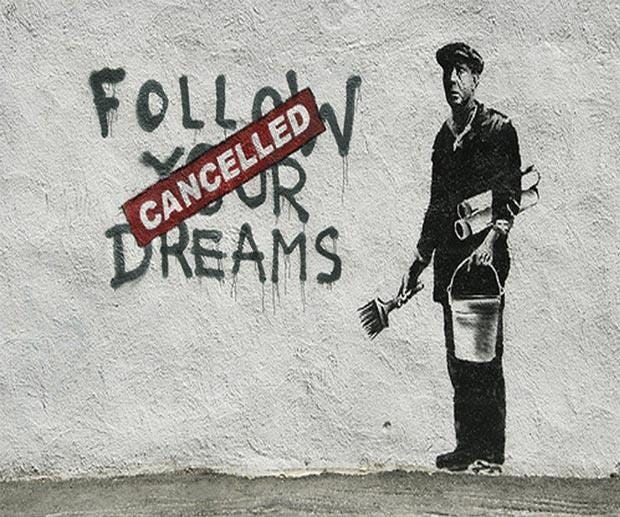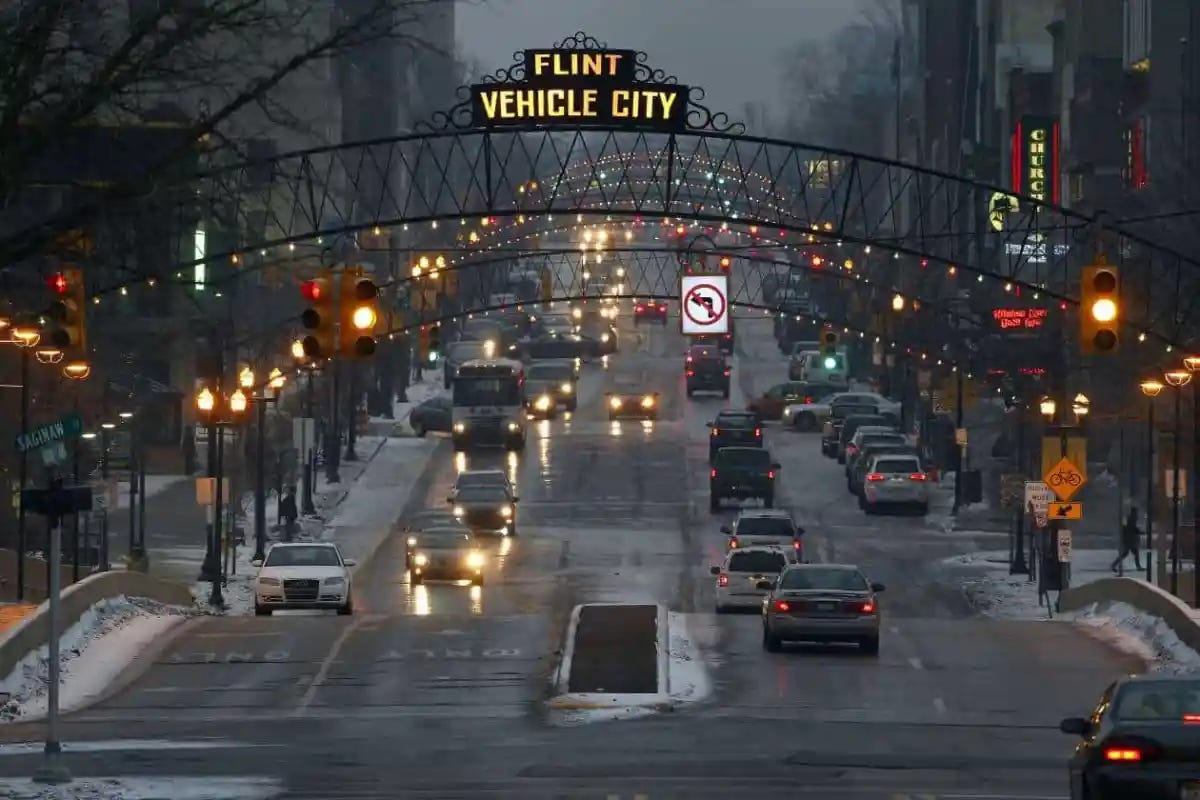The Rust Belt, Marginalization, and Populism
Understanding the reality of the disaffected masses…
We’re about a year away from another presidential election and I can already hear the hyperbolic rhetoric cascading down upon the American people, promising to bring manufacturing back to the rust belt and move the poor into a middle-class that increasingly exists as an historical remnant of a bygone era.
What I will admit is that, up until 2022, I didn’t really understand the populist shift in American politics, this surge in appealing to the “commoner” with grandiose ideas that are often as impractical as they are impossible.
Populism - a political approach that strives to appeal to ordinary people who feel that their concerns are disregarded by established elite groups.
Why would these politicians, surrounded by some of the most educated policy experts in the world, bloviate about fantastical nonsense when the more utilitarian and practical concerns were still unsolved?
The answer, of course, is that these big ideas of revitalizing the heart of American industry or taking manufacturing (or just about anything) back from China (or Mexico) appeals to a wide swath of voters.
But what kind of voters?
The disaffected and marginalized. Duh.
And like I said…I didn’t get it. People are smart. They generally know when they’re being patronized. What changed for me was getting to spend a few weeks in a couple of places that typify the marginalized American experience. Because each of my girls had things happening in these cities (their stories to tell, not mine), I got a week in Flint, Michigan and two weeks in Syracuse, New York.
Flint is nicknamed “The Vehicle City” and was home to significant auto manufacturing activity. Most notably, Flint produced Buick and Chevrolet automobiles for decades. Not to be outdone, the nearby Fisher Body Tank Plant in Grand Blanc made thousands of tanks for World War II and thousands more as the Cold War ramped up in the 1950s before shifting to commercial auto body manufacturing after that.
Flint is tough. And rough. Famous for its lead-laden water crisis, Flint is generally the symbol of American decline. It’s a rust belt punchline. And, as much as I like a good underdog, I left Flint feeling pretty hopeless about it’s turnaround prospects.
Syracuse, listed by one exhaustive list as the 31st worst place to live in America (Flint was #3), has a little sweeter reputation. Home to a nationally-known university and nestled near the Finger Lakes region of New York, it should be an academic and outdoorsy paradise - despite its ranking near the top of US annual snowfall amounts. It turns out that Syracuse, on the shores of Onondaga Lake, is the other edge of the rust belt tragedy. A once-thriving chemical industry (along with automobile, traffic light and television manufacturing) established Syracuse as an industrial powerhouse. But those industries moved overseas and left behind an Onondaga Lake that was revealed to be one of the most polluted bodies of water in the nation.
In both of these cities, I talked to normal people. A nurse. A grocery store worker. The lady cutting my hair. These people possessed a countenance unlike any I’d ever run across as they discussed their respective towns. Instead of even holding onto a hope-tinged sadness about the current state of decay in a once-proud city, they carried a resignation to the inevitable decline and death of a metro area.
Essentially: Our city is dying and no one cares.
Jostled by this sentiment, I started to really hear the voices of people. Folks who felt forgotten. A region that felt entirely unrepresented by anyone in their own states, much less Washington.
No one is excitedly moving to Flint or Syracuse. No massive renewal or regeneration is expected. No hot startups or sexy new condos are going up. Old houses are being demolished and capital (financial and intellectual) is slowly but surely leaking out. So why would these people feel heard?
It became clear that they didn’t. The realities of booming cities like Atlanta and Austin are a world away. The glitz of places like New York and Los Angeles might as well exist in another universe. And while Washington DC might use Flint as a sympathetic tale, there remains no impetus to actually help fix all that is broken.
And so I started to viscerally feel it in these places. No one cares. No one represents us. They’ve moved on to better things.
And that’s when it all made sense.
A populist candidate comes to town and the streets get swept and some bunting is pinned to a temporary stage. The candidate shakes hands and holds babies and promises renewal, claiming to hear the cries of the down-and-out Everyman. These disillusioned people are told their interests will be front and center from now on. They cheer. For a moment, they feel hopeful again. They feel seen. And they will absolutely vote for a candidate who is nothing like them and can’t understand them and certainly doesn’t have any practical way to help them…but at least promises are made, the seeds of hope planted in barren fields.
It’s been happening in every presidential election cycle for years. If you look, you can see it - a slow slipping into deeper populism (which begets tribalism which begets all of the more insidious -isms).
Candidates tour the disaffected and marginalized places. They take photos. They promise hope. They ask for votes.
And they’ll get them. Along with four more years of misplaced hope set against the grey winter skies of cities that are still slowly dying.
- KB







Sad how we exploit the downtrodden and emotionally bankrupt for our own benefit in so many more ways than politics, huh? They serve our needs and ambitions very well.